Early History of the Kappa Sigma Fraternity: 1869 - 1911
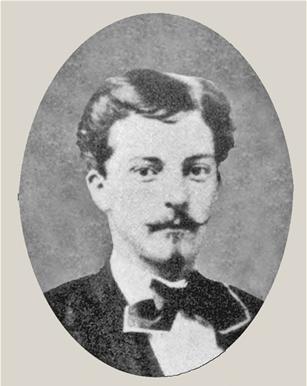 One chilly evening in the late fall of 1869, five students attending the University of Virginia in Charlottesville, gathered in
One chilly evening in the late fall of 1869, five students attending the University of Virginia in Charlottesville, gathered in
William Grigsby McCormick’s room at 46 East Lawn and planted the seed of brotherhood. There, he was joined by George Miles Arnold, John Covert Boyd, Edmund Law Rogers, and Frank Courtney Nicodemus. For many weeks the bonds of friendship had drawn these five together; now the need became clear for a formal structure to contain their feelings.
Arnold told the others about an ancient European order of students, who had banded together around the year 1400 at the University of Bologna under the leadership of Manual Chrysoloras, for mutual protection from the oppressive governor of the city, Baldassare Cossa. The Order spread to four other universities in Europe, but finally became almost extinct. Arnold had learned of this society while traveling in France a few years earlier and had been authorized and encouraged to introduce it in America. Thus, not only did the Founders of Kappa Sigma formalize their friendship, but they also created a fraternity steeped in the traditions of the past and dedicated to the Pursuit of Learning. They established Zeta Chapter of Kappa Sigma, probably using the sixth letter of the Greek alphabet to acknowledge the five European branches of the ancient Order.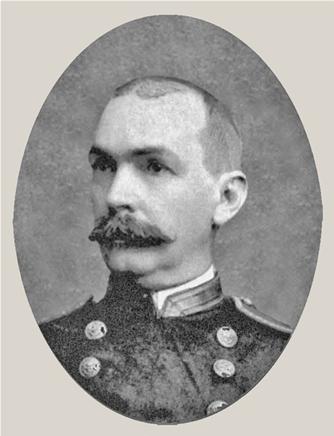
While December 10, 1869, is the traditional founding date, there are no early records which identify any particular day. Some forty years later, the recollections of surviving Founders were that the Order was founded in the late fall, before the Christmas holidays. In 1911, the Supreme Executive Committee of Kappa Sigma formally established December 10 as Founders’ Day.
Little is known of the events of the year 1870. The initiations of John E. Semmes and Samuel I. North occurred that spring, but there is no record of the dates. The historic association of the Five Friends and Brothers came to a close with the end of the 1869-1870 school year at the University of Virginia, for the next fall only Founders Arnold, Boyd, and Rogers and initiate North returned to continue the Fraternity.
The earliest records of Zeta Chapter are the minutes of a meeting held on November 7, 1870, at 46 East Lawn, which recorded the initiation of George L. Thomas, and of December 2, where Edward S. Toadvin was elected to membership. Soon William C. Whitford was welcomed to the brotherhood.
The meeting of March 18, 1871, was historic, for by then only Boyd, Rogers, North, Thomas, Toadvin, and Whitford were still in attendance at the University. The work of that Saturday night was the initiation of William C. Bowen, and only Bowen returned to the University in the fall of 1871 to continue the Fraternity.
Upon his return to the University that September, Bowen was enthusiastic about keeping the Order alive and told Goodwin D. Williams, his first initiate, frankly that he was the sole survivor of the chapter of the previous session. The links were forged member by member. Four others were added and with the return of John Semmes, Zeta’s membership was raised to a healthy s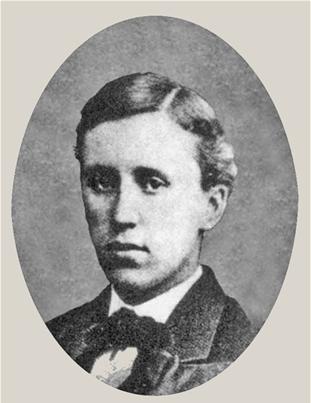 even by the end of the school year.
even by the end of the school year.
Only three of these men enrolled at Virginia in the fall of 1872. The addition of five new initiates strengthened the Fraternity, but it was the addition of one more man that provided the seed that grew into one of the leading international fraternities. When Stephen Alonzo Jackson’s name was first proposed, the little brotherhood came very close to turning him down. But his sponsor was so disappointed that the others, one by one, consented. On an autumn night in 1872, the man who almost single-handedly transformed a struggling local fraternity into a strong national brotherhood was first offered the right hand of fellowship by Goodwin Williams, who later wrote of him:
Jackson was a remarkable man. He was of medium height and build, had clear-cut features and a rather long, straight nose. His keen, gray eyes looked straight into those of others with a pleasant steadiness that could become very determined at times. He had a nature full of love for his fellows . . . a born missionary. He had a good thing and must share it. God sends such men once in a long time.
One of Jackson’s first acts was to elaborate upon the Ritual in order to provide more form for meetings and to establish designations of officers and other ritualistic elements—the first step in his shaping of the structure which embodies the traditions and teachings of Kappa Sigma into a beautifully unified entity.
During the 20 years that began with his election to membership and until his death in 1892, the history of Kappa Sigma is in large measure the result of Jackson’s devotion and untiring labors to build the Fraternity.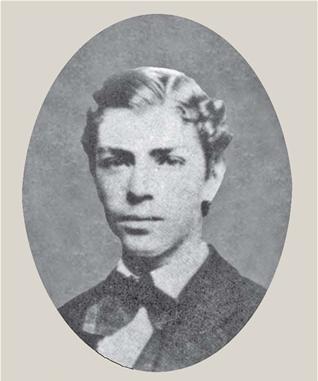
Expanding Kappa Sigma beyond the University of Virginia was one of Jackson’s early efforts. In order to stabilize the membership, the concept of establishing chapters at smaller colleges in the South, whose students frequently and subsequently enrolled at “the University,” as Virginia was frequently called, was commenced to provide a steady stream of members for the Mother Chapter.
The first satellite chapter was established at Trinity College in North Carolina on February 28, 1873, as Eta Chapter, where three men were initiated by a representative of Zeta, who brought from Charlottesville the first charter issued. The new chapter operated independently, but always under the authority of the “Grand Chapter,” Zeta, to whom it made its reports. Eta became inactive in 1879, but was revived in 1892 as Eta Prime Chapter (Trinity College later became Duke University.) From 1873 to 1876, seven more chapters were chartered.
After having served six years as Grand Chapter, Zeta issued a call for a “Grand Convention” in Baltimore for early July 1876 “to inquire into the condition of the Fraternity and to amend the Constitution.” Detailed minutes of the two-day meeting survive and show that at least eleven men attended. Stephen Alonzo Jackson was elected “permanent WGM to hold office until . . . the next convention,” and William F. Page was named to fill the combined offices of Worthy Grand Scribe and Worthy Grand Treasurer, although Zeta retained by election its position as Grand Chapter. (The Supreme Executive Committee was not established until 1879.) A new Constitution was adopted, along with a provision for a seal, a form of charter, and a “traveling card.”
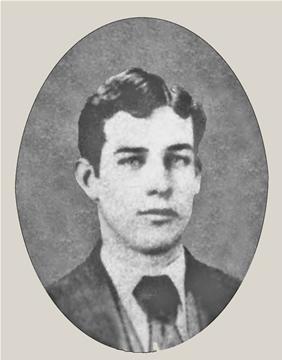 The Fraternity continued to grow under the leadership of Stephen Alonzo Jackson, who composed the Ritual still in use today, and led the installation of numerous chapters, as Kappa Sigma spread from Maine to Georgia and westward to the Mississippi Valley and into Texas.
The Fraternity continued to grow under the leadership of Stephen Alonzo Jackson, who composed the Ritual still in use today, and led the installation of numerous chapters, as Kappa Sigma spread from Maine to Georgia and westward to the Mississippi Valley and into Texas.
From his initiation in 1872 to his untimely death on March 4, 1892, Jackson had transformed a struggling single-chapter fraternity at the University of Virginia into a major national fraternity with active chapters on 30 campuses. Jackson had served three terms as Worthy Grand Master and two as Worthy Grand Procurator.
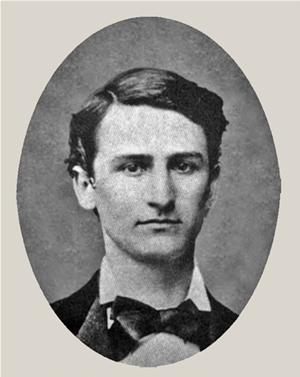
Soon two new leaders emerged to guide the fraternity through its next great era. Herbert M. Martin was elected Worthy Grand Scribe in 1891 and Stanley W. Martin was elected Worthy Grand Treasurer in 1892. Reelected time and time again at Grand Conclaves, for 27 years these two, who were brothers only through Kappa Sigma, managed the affairs of the Order during its maturity.
The State of Ohio was entered briefly in 1886 with the chartering of Sigma Chapter at Ohio Normal College (now Ohio Northern University) in Ada, but the chapter only survived for two years. In 1895, however, a permanent Ohio presence was created by the installation of Alpha-Sigma Chapter at Ohio State University in Columbus.
By the fall of 1902, when Beta Alpha Delta local fraternity was founded at Denison University, Kappa Sigma had grown to 77 historic chapters, of which 60 were then active. The Fraternity had reached California, Colorado, and Minnesota, as well as additional campuses in the East and the Midwest. Total initiates reached 5,000 that year, and Kappa Sigma held surplus funds of $7,325.
During the next eight years, the total number of chapters reached 97, of which 77 were then active, total initiates almost doubled to 9,866, and surplus funds had also doubled to $14,716. Also during that period, Beta-Phi Chapter had been chartered in 1902 at Case School of Applied Science in Cleveland. No new chapters were chartered during 1910, but Kappa Sigma was looking for new campuses and welcoming petitions from outstanding local fraternities wishing to join a growing national fraternity.
